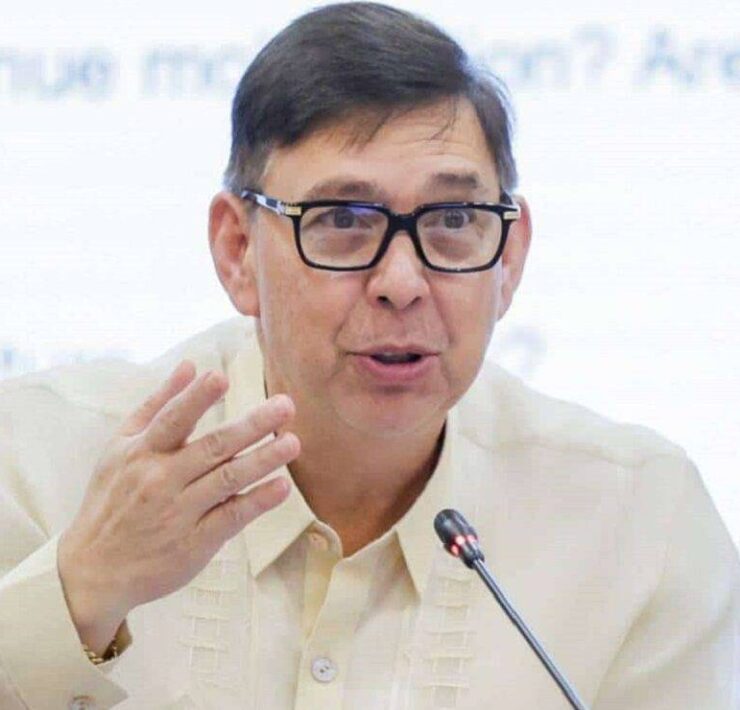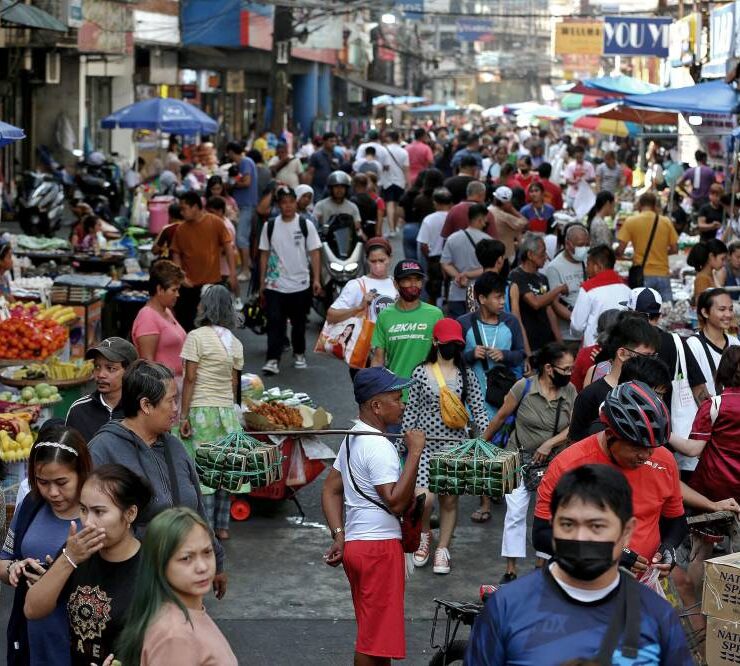BMI: Trump tariffs may ‘reverse’ PH efforts to contain deficit

The higher tariffs on Filipino goods coming to America might prompt the Marcos administration to devise a fiscal stimulus plan to defend the local economy from shocks, a response that could put the state’s fiscal position “at risk”.
In a commentary, BMI Research, a unit of the Fitch Group, said it still expected the budget deficit, as a share of the economy, to settle at 5.9 percent this year, wider than the actual 2024 ratio of 5.7 percent.
What’s keeping BMI from revising its projection was the possibility of negotiations with the Trump administration, which unveiled a 17-percent tariff on Filipino goods bound for America during its “Liberation Day” announcement last week.
But even as US President Donald Trump had announced a 90-day “pause” on his sweeping tariffs, BMI believed that the 17 percent imposition on Philippine products would “necessitate” additional spending from the government to support the local economy.
This is because the higher import tax on Filipino goods entering the US market could reduce local output by around 1.1 percentage points based on BMI’s estimate, posing a threat to the Marcos administration’s 6.5 to 7.5 percent growth target for this year.
“Regardless on what the final tariff rate will be, we expect lawmakers will resort to increasing public spending to cushion the economic fallout caused by Washington’s protectionist policies,” the Fitch unit said.
“With negotiations on the cards, it is too early to identify the extent of Trump’s tariffs on the Philippine economy. Rather, we are hoping to highlight the severity should negotiations fall through,” it added.
As it is, a bigger fiscal shortfall might hurt President Marcos’ dream of achieving an “A” credit rating within his term.
The government was targeting a lower budget deficit of P1.537 trillion for 2025, or around 5.3 percent of gross domestic product. To bridge the fiscal gap, the government was planning to borrow P2.55 trillion from creditors at home and abroad. This was expected to push the state’s outstanding debt to P17.35 trillion by the end of 2025.
That said, a larger budget hole would mean higher borrowings for the government. BMI said this could “reverse” the country’s fiscal consolidation efforts.
“The country cannot afford the fiscal space it once did to substantially increase public spending without compromising debt sustainability over the next few years,” it said.
“The outcome is either a very aggressive stance on supportive policies that puts the Philippines’ fiscal position at risk or accepting that the country’s real GDP growth has now peaked,” it added.





















